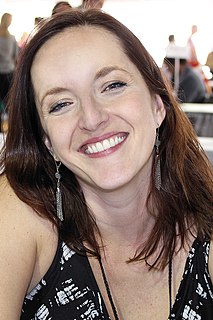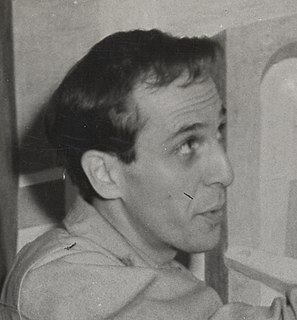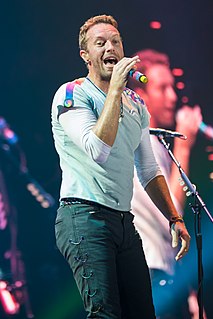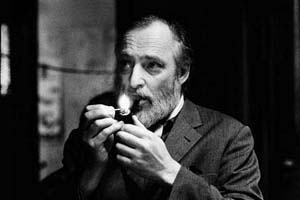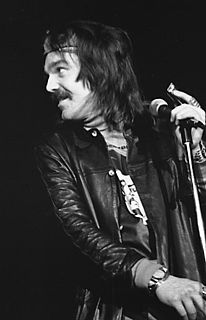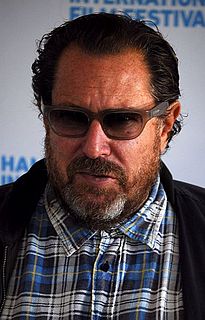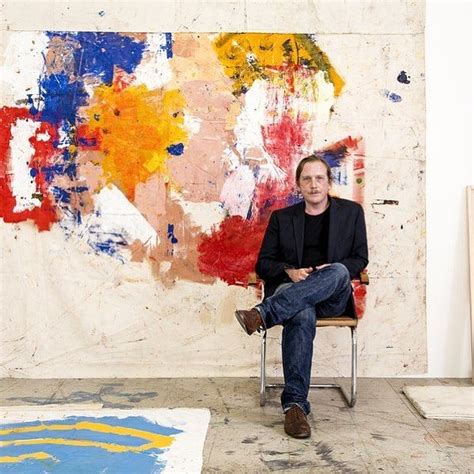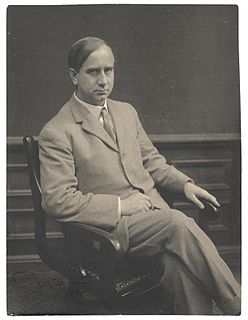A Quote by Susan Vreeland
The idea of being close to where pigments were mined - that's the first thing in making a painting, getting the material. And what's the last thing you do in making a painting? You put a frame around it.
Related Quotes
Writing a short story is like painting a picture on the head of a pin. And just getting everything to fit is - sometimes seems impossible. Writing a novel, though, is - has its own challenges of scope. And I think of that as painting a mural, where the challenge is that if you are close enough to work on it, you're too close to see the whole thing.
All that stuff about flatness - it's this idea that painting is a specialized discipline and that modernist painting increasingly refers to painting and is refining the laws of painting. But who cares about painting? What we care about is that the planet is heating up, species are disappearing, there's war, and there are beautiful girls here in Brooklyn on the avenue and there's food and flowers.
In 1939 I wrote my first article ("Intime banaliteter" [Intimate banalities] in the journal Helhesten) in which I expressed my love for sofa painting, and for the last twenty years I have been preoccupied with the idea of rendering homage to it. Thus I act with full responsibility and after extensive reflection. Only my current situation has enabled me to accomplish the expensive task of demonstrating that the preferred sustenance of painting is painting.
When I am in a painting, I'm not aware of what I'm doing. It is only after a sort of 'get acquainted' period that I see what I have been about. I have no fears about making changes, destroying the image, etc, because the painting has a life of its own. I try to let it come through. It is only when I lose contact with the painting that the result is a mess. Otherwise there is pure harmony, an easy give and take, and the painting comes out well.

